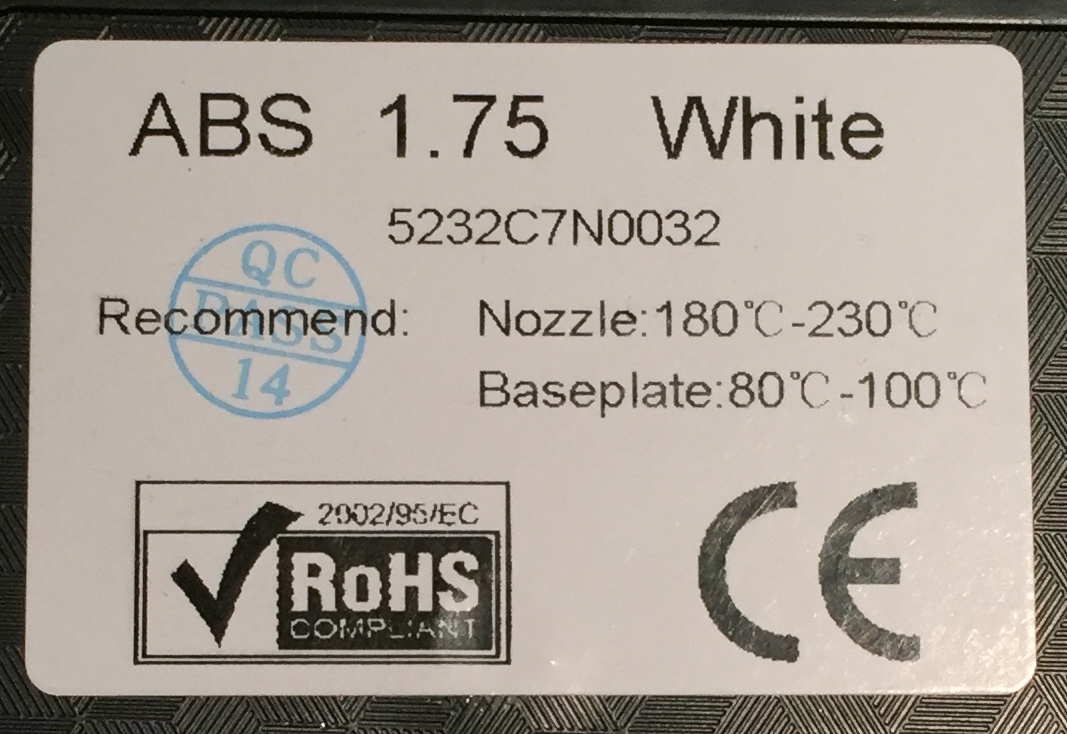There’s some good news, we believe: an increasing number of 3D printer manufacturers are taking safety issues more seriously.
Ever since we lit up a primitive 3D printer in the lab many years ago to print some questionable ABS filament, we suspected there could be issues. The odor from heated ABS is very noticeable and clearly a large number of particles were being introduced into the atmosphere.
But years ago, few, if anyone seemed to care about such things. Desktop 3D printers were typically “open” affairs, made from rods and incomplete panels. The machines were seemingly designed to maximize emissions, in retrospect. But it was understandable: at that time: the mission was simply to be able to 3D print, and that’s about it.
Today things have changed. While there has been more significant research on this topic, an increasing number of desktop units now include a completely enclosed build chamber. While we’re pretty certain this development was largely an attempt to increase print quality by controlling the temperature within the build volume, it also positioned many vendors for the addition of new safety features.
An enclosed chamber can be relatively easily fitted with an air filter. Air containing particulates within the chamber can be vented through the filter to if not eliminate, drastically reduce the amount of emitted particles. The enclosed chamber can also include a locking feature to prevent children and pets from getting entangled in the printing operations.
We’ve seen this feature appear in several new desktop 3D printers, including most recently the new UP Mini 2 from Tiertime.
The new Polaroid 3D printer includes the safety latch feature on their build chamber door, which they specifically included for educational markets.
MakerBot recently announced they’ve certified their plastic filament to alleviate safety concerns. Here’s how they explain it:
We carefully collaborate with several nationally recognized testing laboratories to ensure that our products adhere to the latest safety standards and applicable requirements. As a result, you will find our MakerBot PLA Filament is both compliant with regulations set by the Occupational Safety and Health Administration in the U.S. (OSHA) and the European Registration, Evaluation, Authorization and Restriction of Chemicals (REACH).
(Curiously, their statement also says that “our latest generation of 3D printers only use filament that is safe for your classroom or business”, perhaps suggesting that use of non-PLA materials is less safe?)
There are still a great many 3D printer designs that effectively ignore these increasingly occurring safety concerns, but we believe that such features will eventually become expected standard features on any machine sold.


